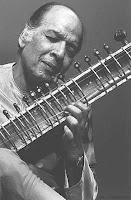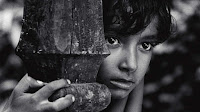As a corollary to the Sixth Commandment, the Law of Moses decreed that a woman taken in adultery should be stoned to death. This was devoid of mercy & also patriarchal, as it was not applied to her partner in crime.
When Jesus Christ made his advent, the people wanted him to uphold this law. But He said "Let him without sin, cast the first stone" (Gospel according to St. John, Chapter 8, line 7) & made a quantum leap both in mercy & against patriarchy. It also exemplified the expectation of highest integrity in the law enforcers, as against the present attitude of tolerance, saying they are also part of a corrupt society.
But when the Prophet (PBUH) arrived, his religion reverted to the earlier barbaric practice, which was almost abandoned. The noblest idea of punishing the sin & not the sinner was given the go by.
This has a contemporary relevance in populist democracy. The putting out of commission of (may be incorrigible) wielders of power, gains the stamp of approval of the majority. It is conveniently forgotten that most of the majority might have done the same offence, if they had the opportunity, human nature being what it is.
When Jesus Christ made his advent, the people wanted him to uphold this law. But He said "Let him without sin, cast the first stone" (Gospel according to St. John, Chapter 8, line 7) & made a quantum leap both in mercy & against patriarchy. It also exemplified the expectation of highest integrity in the law enforcers, as against the present attitude of tolerance, saying they are also part of a corrupt society.
But when the Prophet (PBUH) arrived, his religion reverted to the earlier barbaric practice, which was almost abandoned. The noblest idea of punishing the sin & not the sinner was given the go by.
This has a contemporary relevance in populist democracy. The putting out of commission of (may be incorrigible) wielders of power, gains the stamp of approval of the majority. It is conveniently forgotten that most of the majority might have done the same offence, if they had the opportunity, human nature being what it is.



















